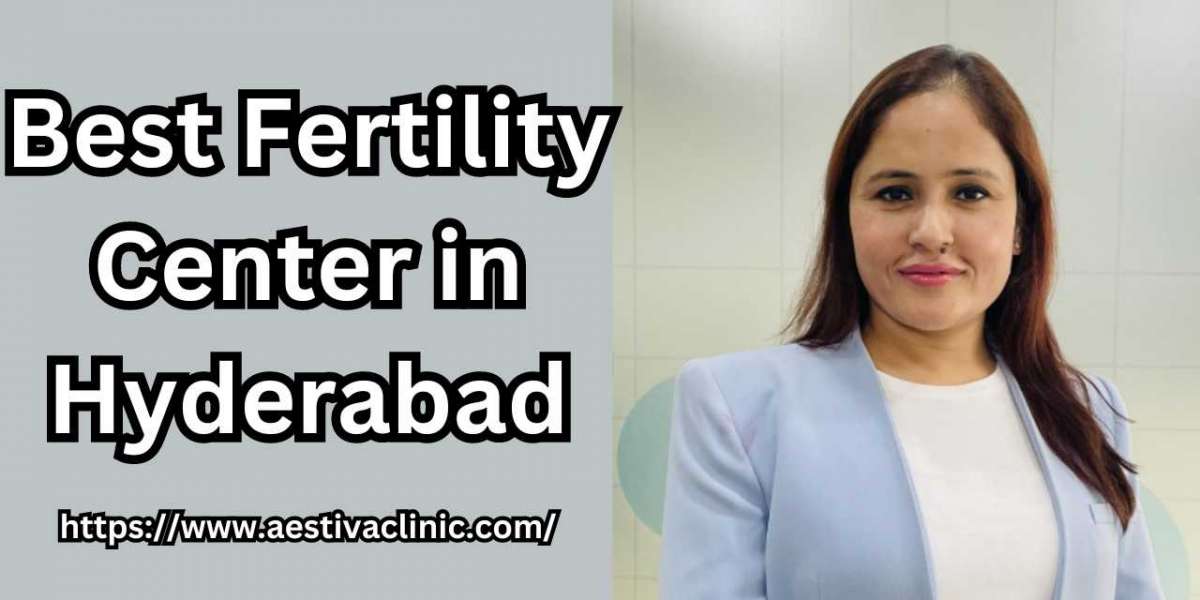In today's era, infertility is quite common, and tentatively, three to four out of ten couples are undergoing this situation. To come over from this situation and conceive a baby in the womb, search for medical treatments thereby start. It usually begins with the female partner's blood tests and ultrasound reports. These reports give an overview of a female's overall health and the cause of infertility. Sometimes, ultrasound reports inform about the fibroids in the uterus. Are fibroids a cause of infertility? What is the role of a fibroid in the conception and growth of a baby? These are some of the common questions. To get the answer to these questions, go through this article.
In this article, we will discuss fibroids, the type of fibroids, the role of fibroids in infertility and conception, and how to get rid of them. Regarding this, insights have been taken from male and female infertility experts practising at Origin Fertility Clinic Research Center, the best fertility center in Hyderabad.
What is Fibroid?
Fibroids are tumours or one king of pieces of fat tissues in the uterus. These tissues usually have a round shape, remain attached to the uterus wall, and grow. These fat tissue balls can occur anywhere in the uterus and are non-cancerous. Fibroids have been classified into three categories based on the part of the uterus targeted by these fat tissues. These are as follows-
- Intramural Fibroids- These fibre balls develop within the muscular wall of the uterus.
- Submucosal Fibroids- This type of fibroid extends into the uterine cavity
- Subserosal Fibroids- These are the fibroids that develop the outer wall of the uterus.
Causes of Fibroids
The primary cause of uterine fibroids is hormonal imbalance. One with an increased level of estrogen has more chances to develop uterine fibroids. In addition, fibroids can be genetically transmitted.
Signs Symptoms of Fibroids
Some of the fibroids are inactive and never indicate their presence. Whereas some of them give various signs symptoms. These are as follows-
- Heavy bleeding
- Painful periods
- Irregular menstrual cycle
- Severe abdominal pain
However, these signs symptoms can also appear in women with no fibroids; therefore, ultrasound is the foremost and an effective way to get detailed information about these non-cancerous tumors.
Role of a Fibroid in Pregnancy
Many females have fibroids, but they can conceive successfully without any medical interventions. On the other hand, some face complications. It states that fibroids are not a key factor in female infertility. However, certain types of subserosal fibroids may affect the process of conception. If the conception is successful, these fat tissues will affect the baby's growth. This is because of the fibroid's location in the uterus, i.e. middle of the uterine cavity.
Can Fibroids be Removed?
Yes, fibroids are removable. With the help of a hormone-balancing lifestyle, one can get rid of fibroids. Regarding this, progesterone tablets prescribed by the doctor may help. In addition, fibroid removal treatments are as follows-
- Hysteroscopy
It is a diagnostic and operative procedure to see the exact picture of the uterus. For this, a microscope-mounted medical tool is used. The doctor inserts that tool inside the uterus through the vagina and gets a clear picture of subserosal fibroids. After finding the exact location and size of the targeted fibroid, an extraction tool is used to bring them out.
- Laparoscopy
It is a minimally invasive treatment. In this method, two incisions- one just below the belly button and one to the left side of it are placed. Through the belly button incision, carbon dioxide is used to insufflate the lower abdomen. Then, a laparoscope is inserted through the left incision. The microscope scans the uterus's outer and inner layers and fallopian tubes. If subserosal Fibroids or Intramural Fibroids are present, they will be extracted through an extraction tool or C-section surgery (if the fibroid is large), depending upon the size of the fibroid.
Both treatments are painful procedures. Hence spine anaesthesia is used to keep the candidate comfortable while performing the procedure. Depending upon the severity of the case, the patient has to stay overnight in the hospital. After examining the candidate's health and finding her fit to go, the doctor may discharge her the next day.
Things One Should Know about Fibroid Removal Treatment
- Fibroid removal treatment is ideally scheduled within 10-15 days after one's menstrual cycle.
- After the treatment, one may experience stinky vaginal bleeding. The removal of fibroids causes this. Prescribed medication will take 5- 7 days to heal the wounds.
- Initially, candidates can feel bloating abdominal pain. These are the short-term counter effects of fibroid removal treatment. But there is nothing to worry about as these impacts will go with time and may take 5- 7 days.
- During the initial phase after fibroid removal treatment, females are advised to avoid taking excessive stress and heavy work or exercises.
- Ideally, the female can resume routine work after 10-15 days of the treatment.
Once the female partner gets over from the post-operative care of the fibroid removal treatment, the couple can try the natural way of intercourse for conception. If still that couple is unable to conceive, then the couple can choose alternative fertility options. These are as follows-
- IUI (Intrauterine Insemination)- It is an alternative fertility option for couples with undefined reasons for infertility. In addition, couples with low sperm count and other sexual problems can also consider this treatment. In this method, the male partner's sperm is placed in the female partner's uterine cavity through a medical procedure and allows the conception to proceed naturally.
- IVF (In-Vitro Fertilisation)- It is the advanced fertility treatment for couples unable to conceive naturally or through medication and IUI. In this method, IVF specialists take the matured egg from the female partner and good-quality sperm from the male partner and process them in the lab. Once the embryo starts growing successfully, the fetus will be implanted in the female -partner's womb.
You are advised to consult with an Infertility expert to know more about these treatments in detail. To find the best infertility specialist, one can visit Origin Fertility Clinic Research Center and schedule an appointment with Dr. Rinke S Tiwari. She is one of the best IVF specialists renowned for the best various infertility treatments, including PCOS, endometrium, poor ovarian reserve, tubal factor, and Uterine Fibroids Treatment in Hyderabad. In addition to female infertility, couples can consult her for male infertility -low sperm count, erectile dysfunction, varicocele, and more. Visit the clinic today.








